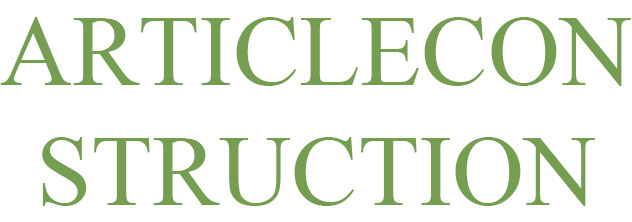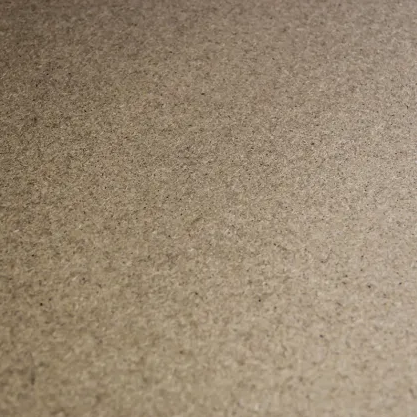What are the common uses of chipboards?
Chipboard, also known as particle board, is a versatile and cost-effective engineered wood product that finds a wide range of applications in various industries. Composed of wood chips, sawdust, and resin, chipboard offers several advantages such as affordability, durability, and ease of use. In this article, we will explore the common uses of chipboards and the benefits they bring to different sectors.
Furniture Manufacturing:
One of the primary applications of chipboards is in the production of furniture. Chipboards are often used as a core material for items such as desks, tables, cabinets, and bookshelves. The smooth surface of chipboards makes it suitable for lamination or veneering, allowing for a wide range of design possibilities. Additionally, chipboards provide stability and strength to furniture structures, making them a popular choice in the furniture industry.
Interior Design and Construction:
Chipboards are extensively used in interior design and construction projects. They are commonly employed for wall paneling, partitions, false ceilings, and decorative elements. Chipboards provide a smooth surface for painting, veneering, or laminating, giving a polished appearance to interior spaces. Their dimensional stability and ease of installation make them a convenient choice for various construction applications.
Packaging Industry:
Chipboards are widely used in the packaging industry for creating boxes, crates, and pallets. They offer excellent strength and durability, ensuring the protection of goods during transportation and storage. Chipboard packaging is lightweight, cost-effective, and can be easily customized to fit specific product requirements.
Retail Displays and Store Fixtures:
Chipboards are frequently utilized for retail displays and store fixtures. They are an ideal material for constructing shelves, display racks, stands, and signage. Chipboards can be easily shaped, cut, and painted, allowing for customized designs and branding opportunities. Their affordability and versatility make them a preferred choice for retail environments.
Exhibition Booths and Set Design:
Chipboards are commonly used in the construction of exhibition booths, trade show displays, and set designs. Their lightweight nature makes them easy to transport and assemble, while still providing the necessary structural integrity. Chipboards can be shaped into various forms, allowing for creativity and flexibility in creating captivating visual displays.
DIY and Craft Projects:
Chipboards are favored by hobbyists, artists, and DIY enthusiasts for a wide range of craft projects. They can be easily cut, shaped, painted, and decorated, making them suitable for creating home decor items, model-making, scrapbooking, and more. The affordability and versatility of chipboards make them an excellent choice for creative endeavors.
Soundproofing and Acoustic Applications:
Due to their density and composition, chipboards have sound-absorbing properties, making them useful for soundproofing and acoustic applications. They are often utilized in recording studios, theaters, and music rooms to reduce echo and improve sound quality. Chipboards can be installed as wall panels, baffles, or ceiling tiles to enhance the acoustics of a space.
In conclusion, chipboards are a versatile material with a wide range of applications across industries. From furniture manufacturing to interior design, packaging, retail displays, and craft projects, chipboards provide cost-effective solutions with their durability, ease of use, and customization options. Whether it's creating functional furniture, constructing interior spaces, or unleashing creativity in DIY projects, chipboards offer reliable performance and endless possibilities.




